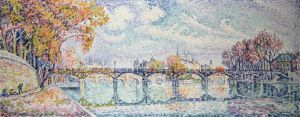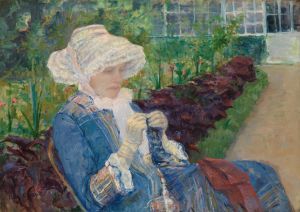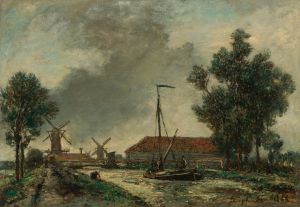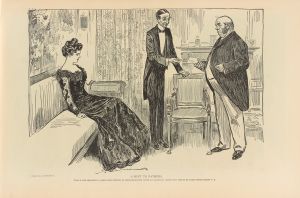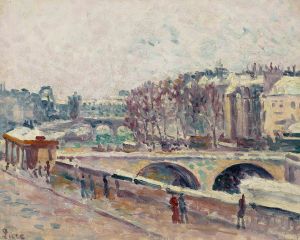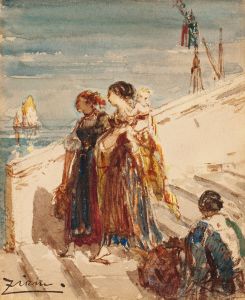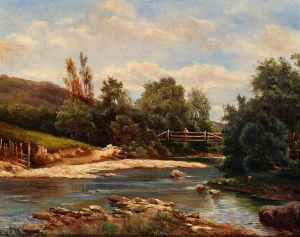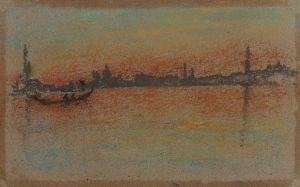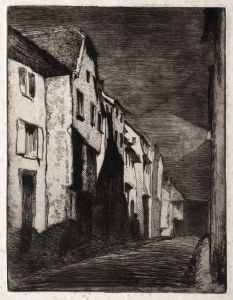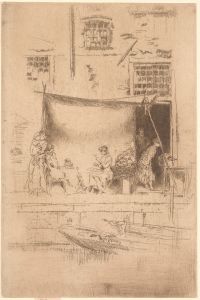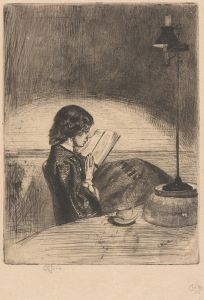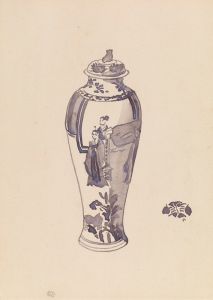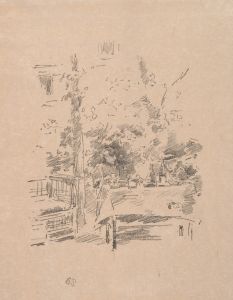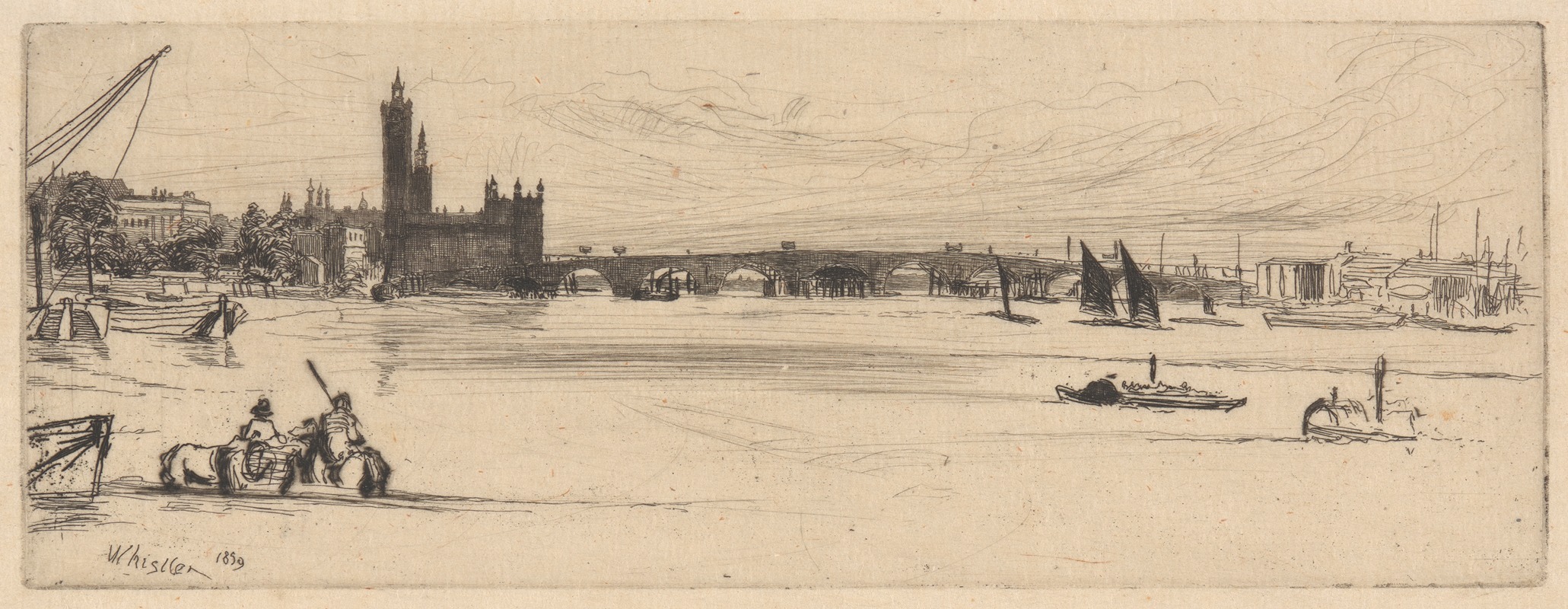
Old Westminster Bridge
A hand-painted replica of James Abbott McNeill Whistler’s masterpiece Old Westminster Bridge, meticulously crafted by professional artists to capture the true essence of the original. Each piece is created with museum-quality canvas and rare mineral pigments, carefully painted by experienced artists with delicate brushstrokes and rich, layered colors to perfectly recreate the texture of the original artwork. Unlike machine-printed reproductions, this hand-painted version brings the painting to life, infused with the artist’s emotions and skill in every stroke. Whether for personal collection or home decoration, it instantly elevates the artistic atmosphere of any space.
"Old Westminster Bridge" is a painting by the American-born artist James Abbott McNeill Whistler, known for his innovative style and significant contributions to the art world during the late 19th century. Whistler, who spent much of his career in Europe, is often associated with the Aesthetic Movement, which emphasized art for art's sake and prioritized beauty and harmony over narrative content.
James Abbott McNeill Whistler was born on July 11, 1834, in Lowell, Massachusetts, and later moved to Europe, where he spent the majority of his life. He is best known for his distinctive style, which often incorporated elements of Impressionism and Symbolism, and for his famous painting "Arrangement in Grey and Black No.1," commonly known as "Whistler's Mother."
"Old Westminster Bridge" is one of Whistler's works that captures the atmospheric qualities of London, a city that greatly influenced his artistic vision. The painting depicts the historic Westminster Bridge, a significant landmark in London that spans the River Thames. The bridge, originally completed in 1750, was an important connection between Westminster and Lambeth and played a crucial role in the city's infrastructure.
Whistler's depiction of Westminster Bridge is characterized by his signature use of color and light, which creates a sense of mood and atmosphere. His approach often involved a limited color palette and subtle tonal variations, which can be seen in this work. The painting reflects Whistler's interest in capturing the transient effects of light and weather, a theme that recurs throughout his oeuvre.
The painting is part of Whistler's broader exploration of urban landscapes and his fascination with the interplay between natural and man-made environments. His works often convey a sense of tranquility and introspection, inviting viewers to appreciate the beauty of everyday scenes.
Whistler's technique in "Old Westminster Bridge" likely involved the use of thin layers of paint, a method he employed to achieve a delicate balance of color and form. This technique allowed him to create a sense of depth and atmosphere, drawing the viewer into the scene.
Throughout his career, Whistler faced both acclaim and controversy. He was known for his strong opinions on art and his sometimes contentious relationships with critics and fellow artists. Despite this, his work has had a lasting impact on the art world, influencing subsequent generations of artists.
"Old Westminster Bridge" exemplifies Whistler's ability to transform a simple urban scene into a work of art that captures the viewer's imagination. His focus on mood and atmosphere, rather than detailed representation, marked a departure from traditional artistic conventions and helped pave the way for modern art movements.
Today, Whistler's works are celebrated for their innovative approach and enduring beauty. "Old Westminster Bridge" remains an important example of his artistic legacy, reflecting both his technical skill and his unique vision of the world around him.





